Ever considered a career in the bike industry? As a nation Australians purchase on average 1.2 million bicycles each year and there are more than 1000 bicycle stores spread across the country.
Combining bikes, components and riding apparel sales, the local industry turns over around 1 billion dollars per annum. Of course, those are some mighty big figures and it takes a lot people working in a lot of different roles to keep the wheels turning behind the scenes.
In this article we thought it might be interesting to profile several dozen different career paths, or ways to make a buck, when it comes to selling, servicing or riding bikes for a living. Of course, there are plenty of roles we haven’t listed, think of this as more of a general snapshot at some of the most common or ‘key’ jobs. Whilst researching for this piece we reached out to literally 100 plus people within the industry to find out about their job, they’re daily duties, the perks and their pay. Sound interesting? Read on…
Sales floor person at a bike shop
Daily duties
Sell, sell, sell! Beyond hustling to customers as they walk through the door you’ll spend your days constantly checking all of the bikes on floor, checking that everything has a price on it and that the price is correct. Checking inventory and arranging shelves so that everything always looks neat and tidy.
Pre-qualification / experience
Essentially this role is the entry position at any bike store, so you aren’t going to be expected to walk in there with a Uni degree or tons of experience as most shops will be happy to train new staff members. That said, a prior interest and knowledge in bikes and riding is always a very good attribute for potential employees. Retail experience is a bonus. And all of that aside, the absolute number one quality that will get you ahead of the pack is displaying a good attitude (no one wants a dick to represent their business, eh!)
Perks
Staff discounts on bikes and gear. Access to use shop workshop tools. The likelihood of being promoted as the years tick on if you’re able to demonstrate all of the right qualities.
Salary
$18 – $35 per hour. Interestingly, the industry standard for bike store wages (across the board) in VIC and SA are 10% less than in NSW and QLD. And no one seems to know why, weird, eh!
 Bike shop mechanic
Bike shop mechanic
Daily duties
Working on bikes, building bikes, keeping the workshop clean, keeping stock of consumables and spare parts, ordering and constantly planning and monitoring your time and job management.
Pre-qualification / experience
To step into a retail workshop role and to be trusted with working on customer bikes you’ll need to have a strong mechanical background – 3 years minimum. Bonus if they’ve done specific SRAM or Shimano courses.
Perks
Staff rates of bikes and gear. Access and use of workshop tools for working on personal bikes.
Salary
45-85k for a full timer doing a 40 hour, 5 day week (dependant on the size and how busy the workshop is and how capable you are) or around $35 per hour as a casual.
Bike shop owner / manager
Daily duties
Shop presentation is a large and constant focus for a manager or owner; making sure the shelves are full, bikes are built, making sure the shop is super clean and attractive. Essentially your job is to make sure they place always looks as good as possible, make sure it’s full of the right bikes and gear that customers want. Of course, you’re also going to oversee running the team of staff that keep the doors open. The store manager is often the person that has to deal with sales reps, take care of ordering, oversee inventories of bikes and spare parts, etc. A store manager can expect to work 8am-6pm, 5 days per week and often working Saturdays is required too.
Pre-qualification / experience
Pretty much anyone with access to start-up capital could essentially open a bike store, that said, to be successful takes a lot more calculation and prior retail experience. As for a store manager, they’re typically someone who’s going to have to have a lot of prior experience. Most stores would expect their managers to have at least 5 years of retail sales and bike shop floor experience in order to have developed an excellent understanding of customer needs and a sound understanding of how the greater bicycle retail landscape ‘works’.
Perks
Staff discounts on bikes and parts and often you’ll even be extended super special pricing from distros and brands that want to keep you ‘buttered up’, so you’ll hopefully be giving preference to their brands over others…
Salary
50k-85k for a store manager. The owner could be more of less dependent on the size of the store and how much they want to pocket ‘vs put back into running the business.
 Bike distributor warehouse picker and packer:
Bike distributor warehouse picker and packer:
Daily duties
Pick and pack boxes with orders all day. A distributor that sells small goods, gear, etc will have their warehouse is split into 2 sections; one side will have items on shelves ready to be picked for orders and the other side is called ‘over stock’ which is where containers are unloaded and product is stored before it is placed on the shelves over on the ‘picking’ side. Usually product is re-stocked from the over stock side to the picking side at night.
Pre-qualification / experience
No qualification is mandatory for this role, although prior experience in always a bonus.
Perks
Staff discount on gear.
Salary
40-60k per year for a 40 hour week.
Bike distributor general phone/tech person:
Daily duties
Pretty much all distro’s have people dedicated to fielding customer communications, either by pho
ne or email. Of course a key attribute to being able to do this job is having a thorough knowledge of the product that the distro sells. Also, knowing the computer system ‘inside out’ that the distro uses is a must. This role often then leads into a promotion being a product manager.
Pre-qualification / experience
Computer knowledge. Customer services bases, dealing with questions. Retail experience is good.
Perks
Staff discount on gear.
Salary
50-60k

Product brand manager at a large distributor
Daily duties
Fielding a million emails and phone calls. Planning and forecasting purchasing, managing inventory bikes and small parts, supporting dealer needs, tech support, dealing with warrantees, event planning, coordinating demo fleet, liaising with marketing department and GM.
Pre-qualification / experience
A degree in commerce would be helpful, or many years experience from working your way up with a company by learning and proving yourself.
Perks
Staff discount, often you’ll get a bike to ride, getting to peer into the future of what’s upcoming and not yet released. Travel to bike events and races and getting paid for it.
Salary
Major distros $75,000 – $130,000 per year. $45,000-$75,000 at a smaller distro.
 Marketing manager at a large distributor
Marketing manager at a large distributor
Daily duties
Day gets broken into a few hours of checking emails, supporting retailers with assets, communication to stores and consumers, managing e-Commerce, updating social media, dealing with athletes, dealing with media, and then endless planning meetings (zoom and face to face). Often need to attend events or races on weekends throughout the year.
Pre-qualification / experience
A degree helps to get your foot in the door for sure, a business, commerce or marketing degree. Retail experience helps to understand how retail works and to understand customer needs.
Perks
You’ll get staff discounts on bikes and gear, or sometimes you’ll even get loaner bikes to ride so that you don’t need to buy bikes. There is often the potential to work remotely.
Salary
Similar to a product manager package – Major distros $90,000 – $150,000 per year. Smaller distro $30 per hour – 55k per year. Salary in a marketing role is heavily dependent on the experience and ability of the individual.
 General Manager at a large distributor
General Manager at a large distributor
Daily duties
Keeping the business running means endless meetings, endless spreadsheets, overseeing staff, keeping brands happy, keeping dealers happy, wheeling and dealing. Nearly always requires tons and tons of travel, attending trade shows etc.
Pre-qualification / experience
You’re going to have a lot of big decisions to make relating to big amounts of money and so the more experience the better.
Perks
Your salary! Being able to grow and maintain the business is often seen as a perk as well at it directly relates to the success of the business and its annual turnover.
Salary
Obviously this one is going to be scaled dependant on the size of the company and their annual turnover, however most GM’s at the larger distro’s can expect to be on a package ranging from 200-350k (however, with that take home comes an awful lot of pressure/stress/work load!)
 World Cup mechanic
World Cup mechanic
What’s involved?
As it says on the packet, your job is to travel the race scene as part of a racing team and work on their riders bike’s so that they’re constantly able to perform at the highest level. A lot of the very top riders will have a mechanic assigned just to their bike and that mechanic will then travel with that rider to all key races and events, plus testing sessions in the lead up to the season, throughout the season and even sometimes you’ll do testing days after a season has wrapped up. Other mechanics will be assigned more than one rider and so throughout a race weekend they’ll need to maintain multiple bikes. Race teams usually have some sort of ‘pit set-up’ like a truck based in Europe and one based in North America and the mechanics will often travel with the truck from race to race whilst the riders and team staff usually fly. In addition to ‘team mechanics’ some brands maintain a constant presence of race support at key events (SRAM, Fox Factory, some tyre brands, etc) and they’ll have a small army of technicians that travel from event to event to provide product support to riders that use their parts. Usually those technicians are full time employees of the brands and traveling to the races is just a part of their job and outside of racing they’ll often work at the brand’s factory/headquarters in various R&D roles.
Qualifications – experience required
To be a World Cup mechanic first you must be an extremely good mechanic. There are literally just a few dozen ‘pro’ mountain bike mechanic jobs on the planet and so to land yourself one of those positions often takes just as much luck (right time right place type thing) as it does talent on the wrenches. To land a job at a pro team you’ll need to be extremely proficient at servicing literally all aspects of the bike, from building wheels through to taking apart and putting back together every single component on a bike. You’ll also need to be pretty handy with a bucket and sponge. At a race a mechanic will pretty much need to work 25 hours per day; they’re the first to arrive at the truck each morning and they’re still there well into the night prepping and checking every little detail of the bike/s.
Perks of the roll
You get to be a part of the inner works of the greatest show on earth!
Salary (ball park)
This varies wildly; from mechanics that literally do the job for free just to be a part of the racing scene (their living expenses at the races are at least covered though), through to a handful of guys that are on six figures – although those guys work full time for the team/brands and wrenching at the races is just a portion of their roles.
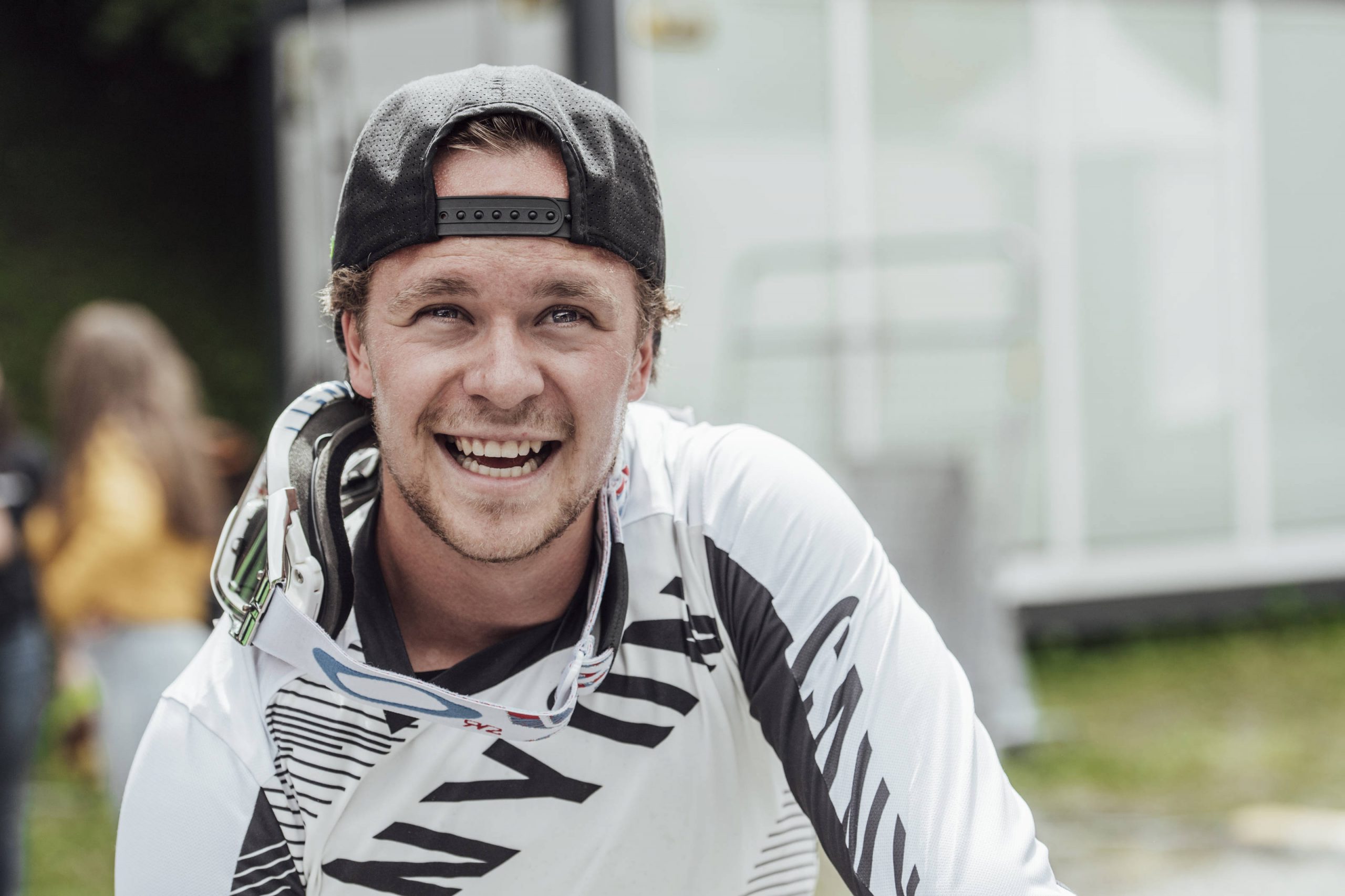
Pro rider
The gig
By definition a ‘pro rider’ is someone that rides or races professionally and ideally they’re able to earn money from doing that via sponsorships and endorsements. Realistically, there aren’t a great deal of mountain bikers that are able to earn a living just from riding and racing bikes. Whilst Australia has produced a lot of top level, highly paid riders over the years, all of those guys and girls need to travel overseas to compete in order to earn. Being a pro rider is all about having a high profile, often that comes from doing well at races or events, however a high profile can also be achieved ‘organically’ via self promotion. Modern day riders often need to self-promote via being active on social media, etc, in order to keep their profile as high as possible which then makes them more appealing for sponsorship deals. The higher the riders profile the more $ they can ask for and expect. Being a pro rider means you need to be 1) very talented on a bike and 2) savvy as an entrepreneur in order to maximise your earning potential from your riding ability.
Perks of the roll
Getting paid to ride bikes is certainly a pretty good perk. Getting loads of free stuff would be pretty cool too. Dependant on your attitude traveling the world to ride bikes might seem pretty awesome. Being known or being famous is often seen as a perk too.
Salary
Of course there is no set amount that riders earn. Any money a rider earns is directly correlated to their ability to perform and ‘be seen’ which in turn generates brand exposure. For this reason, riders on the same team are not usually on the same $ deal. Riders negotiate their own deals (usually, although some riders do have agents). A pro riders salary will come from their team and may also be made up from additional sponsors from outside of their team. Most riders are expected to ride the bike and parts that the team provides. Most pro riders aren’t allowed to place their own sponsor stickers on those bikes or on their jersey/pants, however most riders are able wear whatever helmet they want and they’re able to place sponsor logos on their helmet. Historically downhillers earn more money than other race categories. (There are of course a handful of freeriders that earn pretty decent bank too.) Male riders in the top 10 world ranking can expect to earn several hundred thousand dollars per season. Male riders ranked 10-50 can expect to earn less than 100k per season. Riders ranked 50-100 can still expect to be on a pro race team (meaning their travel and living expenses during the season are covered for them) however getting to keep their bikes and gear at the end of each season is often going to generate those riders more money than actual salary. There are only a small handful of female DH racers who earn enough money to live without having to work a second job during the off season. Interestingly though, female XC racers on average earn more than male XC riders. That said, there are a lot less XC riders earning a salary than DH riders.
 Semi pro rider
Semi pro rider
The gig
Broadly speaking a semi-pro rider/racer is someone who gets bikes and gear for free or at a discounted rate. Dependant on these riders profile they may also get a little bit of financial support from sponsors. With the exception of Troy, Sam and Jack, pretty much every other pro rider from Australia are actually semi pro.
Perks of the roll
Free or cheap bikes and gear. Maybe some $ to help with race entries, travel, etc.
Salary (ball park)
As outlined above, there are very few semi-pro riders in Oz or around the world that are able to earn good money. However, being a semi-pro can lead you into becoming a well paid pro if you’re fast enough or savvy enough!
 Photographer/videographer
Photographer/videographer
Pre-quals / ability level?
It probably sounds pretty obvious but in order to charge people/brands for shooting pics or editing vids, first off you actually have to be talented. If you’ve been to a mountain bike race of any level you’ll have noticed tons of people hanging out on the sidelines with cameras – most of those guys aren’t making money from it. As with any craft, the more you practise and work hard the more advanced your skill/ability (should) get. Another point worth noting is that to be a top-level photographer with an assignment to shoot something (a bike, an event, a rider) these days in addition to shooting pics you’re also going to need to shoot video and be able to string together an edit of said footage.
Equipment needed to get set-up?
The bare minimum would of course be a good quality camera and a computer. But most shooters that are able to sell their work have an insane amount of additional gear, multiple cameras, tons of lenses, mics, stands, etc, etc…
Perks of the roll
You’ll get to spend your days looking at cool stuff – bikes, riders, etc. The not so perks are that often you’ll need to be doing that from the moment the sun comes till the time it sets, often out in the bush dealing with the elements. And then once you’re done shooting for the day the long task of editing/adjusting your days shooting begins. Another perk (if you’re good enough) is that your hard work will be displayed and admired by the masses!
Salary
There’s no set salary for shooting pics or making edits. Here in Oz there is no such thing as a ‘full time’ bike shooter. For sure there are plenty of people that shoot bikes and events and make decent money, but those opportunities to shoot generally only pop up on weekends and so realistically you’re going to need a legit primary job to keep food on your table and a roof over your head. A top-level photographer or videographer will often charge clients on a day rate basis. This rate will be anything from a couple of hundred bucks up to a thousand bucks per day. All of the time you spend on postproduction will be included in your day rate, it won’t be additional.
 Social media influencer/rider
Social media influencer/rider
What’s involved?
The key metric involved with being a social media influencer is how many followers you have across your social media channels. The more followers you have, the more reach and activity you’re going to be able to generate with your posts, and once those numbers hit a certain lofty level that’s when brands will see benefit in collaborating with you to help them promote their products to your audience.
Perks of the roll
Maybe some free or discounted bikes or gear. Maybe some travel assistance. Maybe some free or discounted ‘experiences’ which in return you’ll showcase to your audience.
Salary
Earning money is totally scalable with whatever kind of deal you’re able to hustle with the brand that you’re aiming to promote. Realistically the chances of getting actual money out of an Aussie brand for social media posts is quite unlikely, at best the brand might allow you to keep the product that you’re promoting. The only people that are getting paid money to put their influence behind products to the Aussie (and world) audiences are the top small percent of pro riders, and those guys and girls don’t really then fall into the category of just being a social media influencer. At the current rate that social media marketing is skyrocketing we wouldn’t be surprised is rider influencers do become a legit paying career path for many in years to come, so it might be worth dipping your toes in the water and start trying to build your follower numbers!
 Podcaster
Podcaster
What’s involved
Set-up an account with a media host company, such as BlueBrry which creates an RSS feed for you to link all of your Podcast providers to your new channel. Record episodes; organise a guest, researching the hell out of your guest or topic, do the actual chat (make sure you remember to press record), run the audio through editing software to correct the audio levels, add and intro if need be, sync with video if you shot a vid at the same time, and then once the package is all ready you upload it to your new RSS feed and people can then start downloading it and listening.
Equipment needed to get set-up?
A minimum would be to simply record on your iPhone. Stepping up from there you’d get a nice external mic. Ideally, you want a dedicated mic for each person that talks. You can also buy an entire set-up from Rode ‘caster’ which is a bundle which allows you to record pro quality straight out of the box.
Perks of the roll
Getting to chat to cool people, you get to learn insights about people and develop relationships with riders and the industry.
Salary or how monetise
Realistically you going to need a big audience of people that are regularly downloading your episodes. You’re going to need at least 1000 downloads per episode before potential sponsors would want to jump on board. If you get big enough brands will start paying you to promote and talk about their brand/gear. Beyond product sponsorship, podcasts are usually free to download, so you won’t make anything from the downloads.
 Graphic designer at a bike distributor or freelancing
Graphic designer at a bike distributor or freelancing
Day to day job description
Creating marketing materials; ads, catalogues, signage, social media tiles. These days a graphic designer is thought of as a content creator which means you’ll also need to take photos, shoot video and then edit.
Equipment needed to get set-up?
A mid to high end laptop or desktop computer. Adobe creative suite. Probably a decent camera in order to capture imagery for content.
Qualifications – experience required
In order to work for a company all comes down to how skilled / talented / proficient you are and that all comes down to how skilled / talented / proficient and experienced you are. Being super creative is also super handy when it comes to graphic design.
Perks of the roll
Staff rates on gear and bikes. You get to see and be involved with all types of proto gear and pre-release stuff.
Salary (ball park) or hourly rate
A full time graphic designer working a 40 hour week at a company within the Aus bike industry can expect to be on around 60k. As a freelancer $35-$100 per hour, this is entirely based on experience and output.
 Trail builder
Trail builder
Day to day job description
Obviously a major trail build contract can be worth hundreds of thousands of dollars, right up several million dollars and at that level the companies responsible for those builds are made up of many people in many roles and ranks. However in keeping with the ‘general overview’ theme of this article we’re going to be focusing 2 key roles of the build team out on the ground constructing the bulk of the trails. Alright, so if you have never worked in trail building you’ll be starting at the entry level and pretty much that means you’ll just need an interest and a passion for trails, and realistically you are going to find yourself spending a lot of time swinging and sweating off the back of a shovel or a Rakho whilst you learn the ‘ropes’. From that point a worker will progress up the ranks and start to gain qualification ‘tickets’ such as First Aid, Chainsaw operator, etc. After that point a worker may progress on to becoming a machine driver operating an excavator or skid steer, etc. Of course, all roles will need to develop a sound understanding of map reading and contour lines which is vital for both designing/planning trail and then following an exact pre-determined route/corridor, etc.
In terms of the structure of a working day out on the ground when a job is in ‘full swing’ you can expect early starts around 7am and wrapping up around 4pm.
Long days of 9-10 hours are common, as is working 6 days per week, however this varies on where the ‘job’ is located in relation to where everyone is based. If the job far away, or interstate, then crews will often grind out long days back to back in order to get big chunks done and then spend the best part of a week back at home before heading out for another chunk of days. If the ‘job’ is close to home then more traditional 8am-4pm, 5 days per week type scenarios are coming for trail builders.
Often trail building ‘crews’ are made up of a machine operator (who would be the supervisor) and a couple of trail labourers on the hand tools. On more major builds there will be multiple crews working on a site at once in different areas of the trail and you’ll then have a project manager floating around overseeing and managing all the crews day-to-day.
The breakdown of a working day looks a bike like this; Whole ‘crew’ meets together first thing in the morning for a toolbox talk to discuss the plan of attack for the day ahead. After that everyone will gather required tools, equipment and fuel for the day from the ‘base’ and then drive, ride or hike to the section of trail you’re working on as this if often away from the base. Then a ‘pre start’ check needs to be carried out on the excavator and all machinery that will be used that day (fun fact: 99% of sanctioned trails we ride are built with a narrow track excavator and then finished with hand tools – even on the super steep and sketchy sections!) Crew will then get to work ahead of the excavator clearing if need be and then once the excavator has passed crews will commence the final tweaks when shaping and tidy up the trail surface and edges. And of course, all the while working remotely means you need to be self-sufficient with food and water, no ducking out to the coffee shop or take away joint for lunch so crews need to think ahead and pack and carry everything they might need to see them through the day including accounting for significant changes in weather as if often the case in mountainous areas.
Qualifications – experience required
If you’re starting out the minimum you’ll need is something called a general construction induction card, or a white card, which covers for workers comp, etc. And then you’ll work your way up from there in terms of experience. The more experience you have, the more licences/tickets you have, the higher and more responsibility you can have and the more you can earn, etc. Being a rider is definitely a major bonus too.
Perks of the roll
You get to create something that you can then ride and get to enjoy, you get to work outdoors, hangout all day with like mined people. If you’re working away from home for a project often the company will cover/provide accommodation and meals so that you aren’t out of pocket.
Salary (ball park) or hourly rate
Salary for a machine operator/supervisors/full time employee will range from $80,000 to well over 100k. Then a trail labourer will be on around $30 per hour as this covers a bit of disturbance allowance of working in remote areas, needing to be self sufficient in terms of food, etc.
 Race Promoter
Race Promoter
Day to day job description
Finding venues and trails. Getting permissions with stake holders and land owners, etc. Finding and managing sponsors. Marketing your event to get the word out there.
As the event gets closer there will be lots of looking at the weather forecast, course marking, managing athlete enquires, managing staff and volunteers, racers and spectators, sorting medical, food, entertainment and insurances.
Qualifications – experience required
Under AusCyclings guidelines you need to have a commissioner accreditation which requires doing an online course so you understand the rules, guidelines and responsibilities of holding an actual race.
Perks of the roll
Industry alliances often lead to special deals and you get to work alongside cool industry people and riders.
Salary / hourly rate
The profits are all about scaling. The larger the event, the more riders you get to sign up, the frequency of how often you hold events. There is money to be made but it’s not easy. If you host a good event and it attracts loads of entries then of course you’re probably going to be making good money.
Interestingly, most of the money to be made from running a race isn’t from entry fees – entry fees often just cover the overheads of putting on the race and prizes, any actual income usually comes from sponsorship.
 How the ‘cake’ gets sliced up in terms of profits and expenses when a bike is sold here in Oz
How the ‘cake’ gets sliced up in terms of profits and expenses when a bike is sold here in Oz
There’s a lot of assumptions about how the bike industry works and about how pricing (and profits) on bikes and parts are determined. With that in mind, we’ve put together an overview of how a bike goes from the factory and into your hands. For this example we’ll be looking how the vast majority of bikes are sold here in Australia which is via a distributor/wholesaler through a good ‘ol fashioned bricks and mortar bike store. We’ve outlined the most common processes and costs relating to said bike sale. And yes, we hear you, there are plenty of direct to consumer bikes available which effectively ‘cut out’ bike shop, but for the purpose of this explanation we thought keep it simple.
Okay so it all starts with the raw cost of the bike charged by the factory. Now this will obviously vary big time dependant on the level of bike and the brand, etc, but for the sake of this article let’s just say that the factory charges a nice clean $3000 for said bike.
Expenses involved in landing bikes at distributor within Aus.
Ocean freight is how the majority of bikes are shipped, and keep in mind that ocean freight has increased in price three to four-fold since Covid kicked in! Shipping costs generally run around 10-12% of the total bike cost, plus shipping insurance, duty and GST on top of that.
So now the bike has cost around $3500 by the time it arrives at the distro’s warehouse here in Oz. That cost of the bike itself and getting the bike to the distro’s door is what distro’s consider their raw cost and their margin markup kicks in on top of that figure, this figure is called the whole sale price. Dependant on how high-end the bike is a distro is going to seek around 40% mark up from their raw landed cost to calculate their wholesale price. However, all of the following overhead costs have to come out of that $1400 of margin before a single cent of profit is made.
Some of the overheads to consider that are involved with running a distributor include rent/building repayments, insurance, staff wages and super, utilities, warehouse operational costs, warranty department costs, tech and marketing. Distro’s often also have a team of sales reps out on the road traveling to bike stores to support the brands. If that is the case then of course it carries the extra expenses of the reps salary and/or commission, their vehicle, fuel, accommodation, living expenses on the road, etc.
So as you can see once a portion of all of the above costs have been deducted from the wholesalers margin their often isn’t a lot of meat left on the bone.
Okay lets keep moving along with the journey of our bike. A bike shop will buy it from the distro at its wholesale price of $4600 (plus GST), the shop will also have to cover the freight cost from the distro to their store.
Bike shops across Oz actually work on a much leaner margin between wholesale and retail than is the norm in most other industries. On complete bikes the margin is usually around 40% to 60% dependant on how high end the bike is. Compared to most fashion retailers who run on a minimum retail margin of 100% across the board.
So let’s say our bike then carries a retail ticket price of $7500 (inc GST), by the time the government takes their $750 of tax, that leaves right around $2000 of margin, or around 43%, and that is only if the shop hasn’t needed to discount the bike from its retail price in order to make the sale. However once again, before a single cent of profit is actually made the following costs need to be taken out:
Overheads to consider for bike shops include rent, staff wages and super, insurances, loan repayments, utilities to keep the lights on, store and workshop fit out and point of sale systems, as well as marketing (advertising, costs of sponsoring riders, supporting their local scene).
We hoped you enjoyed our look at all the different opportunities available in the Aus cycling industry and that we gave you a few insights into different career options within the biking world. [R]


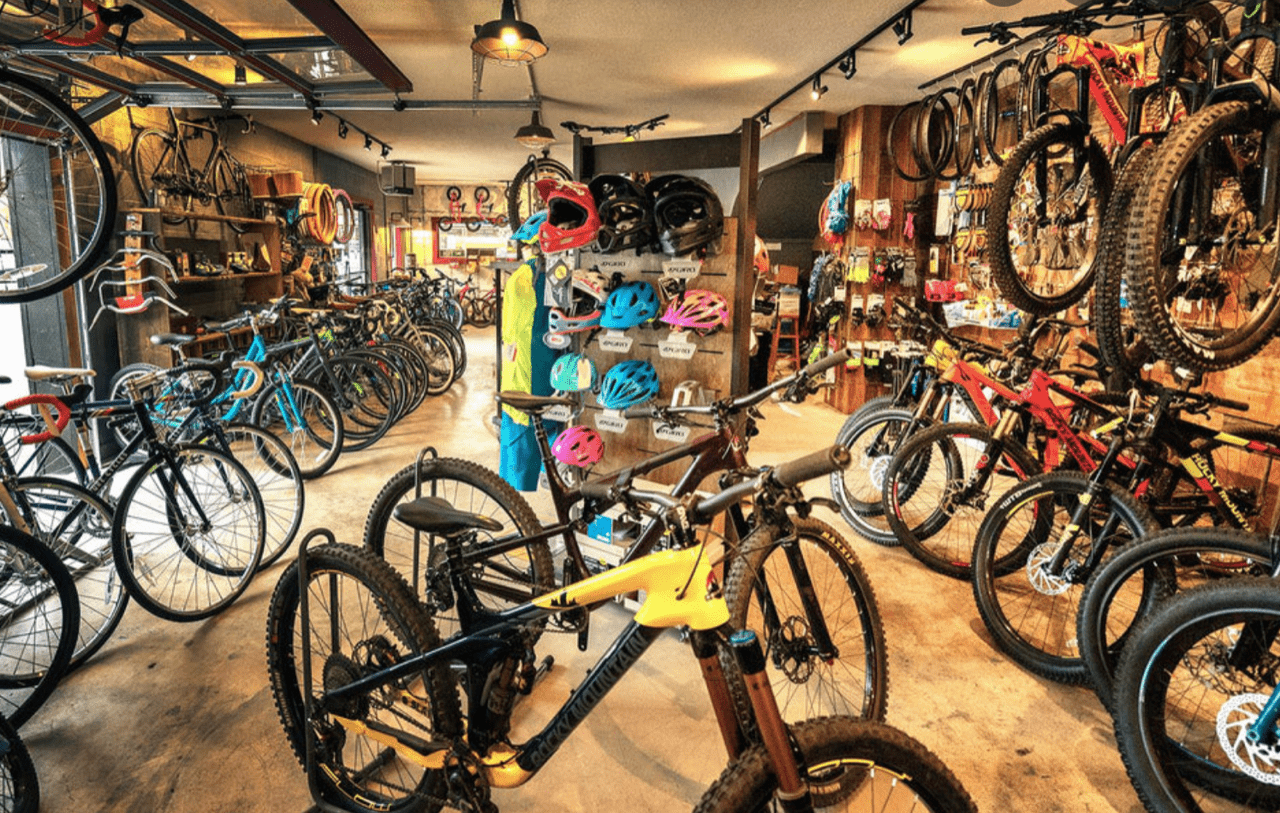

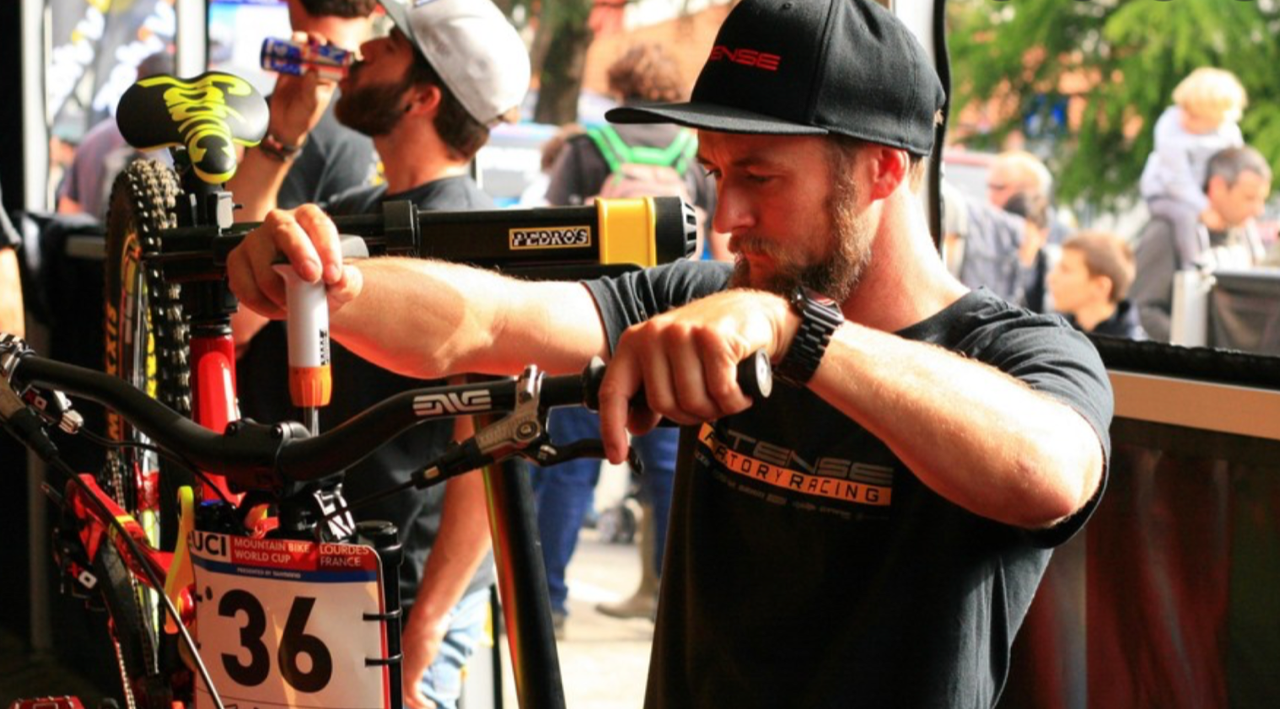 Bike shop mechanic
Bike shop mechanic
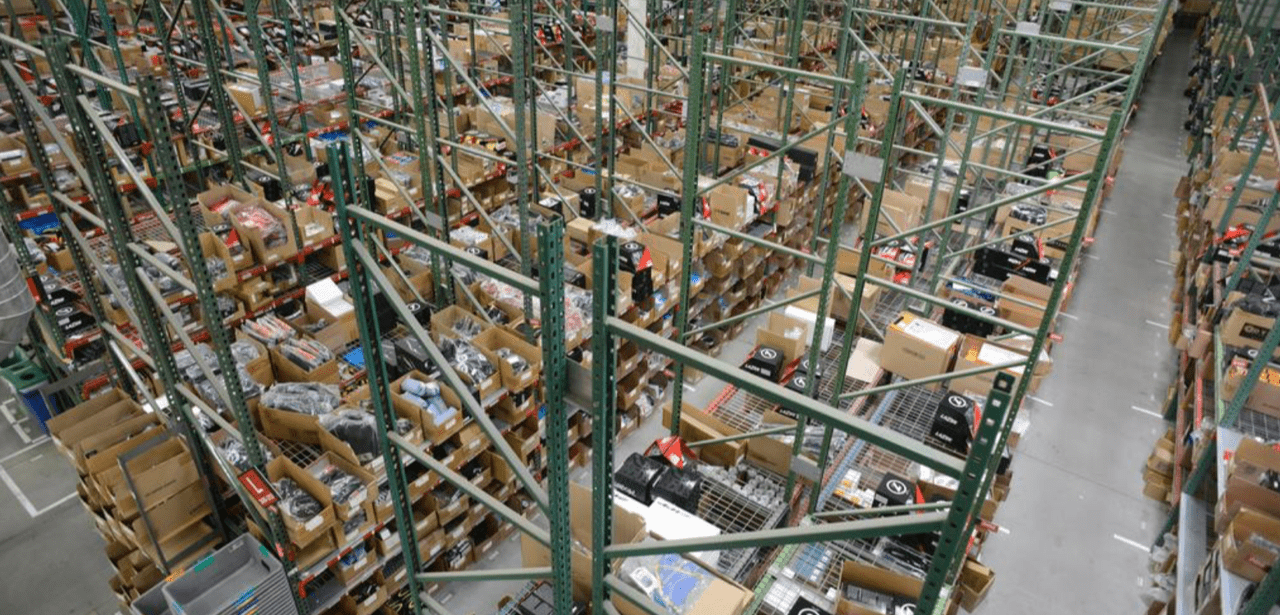 Bike distributor warehouse picker and packer:
Bike distributor warehouse picker and packer:
 Marketing manager at a large distributor
Marketing manager at a large distributor General Manager at a large distributor
General Manager at a large distributor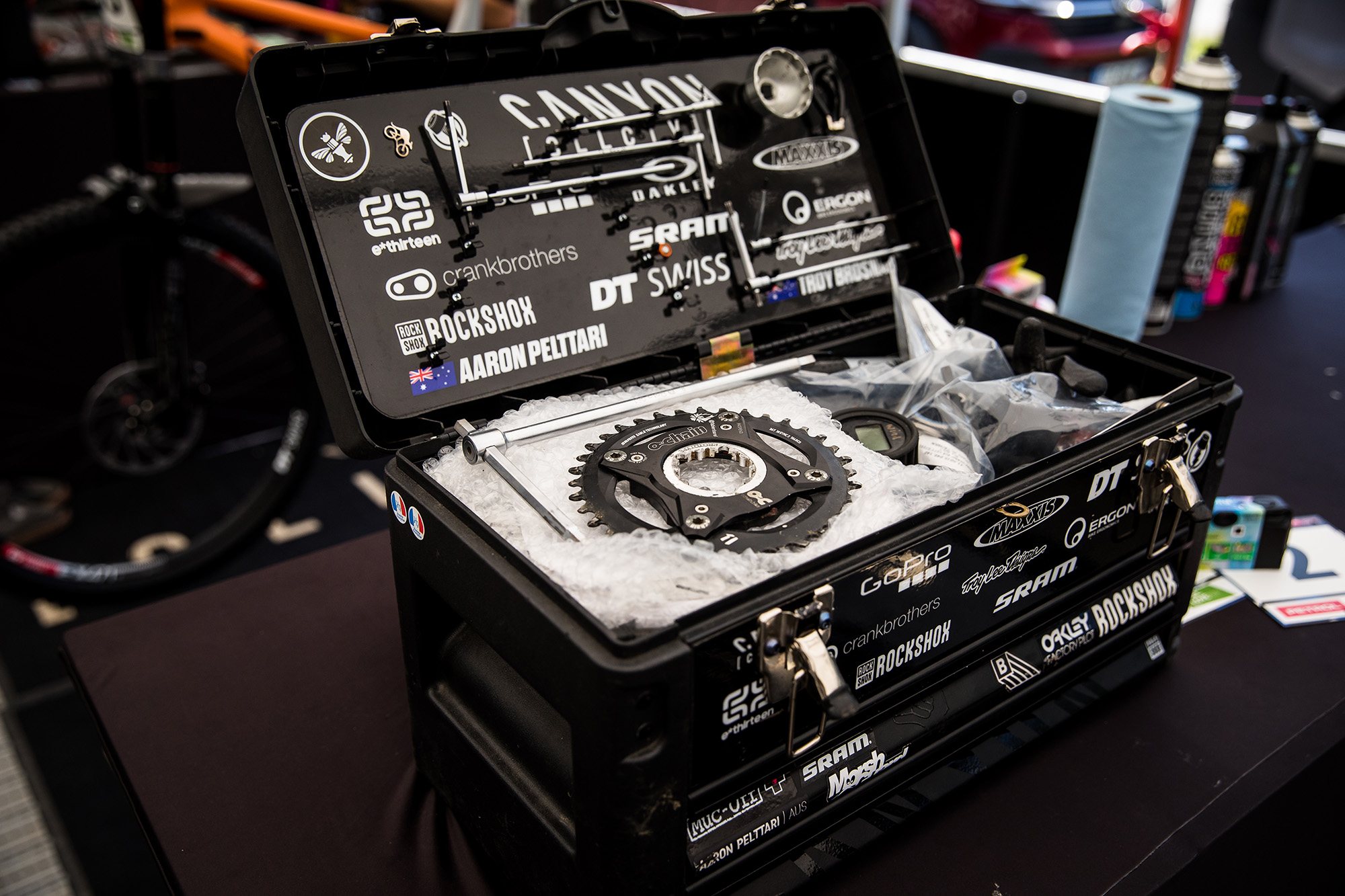
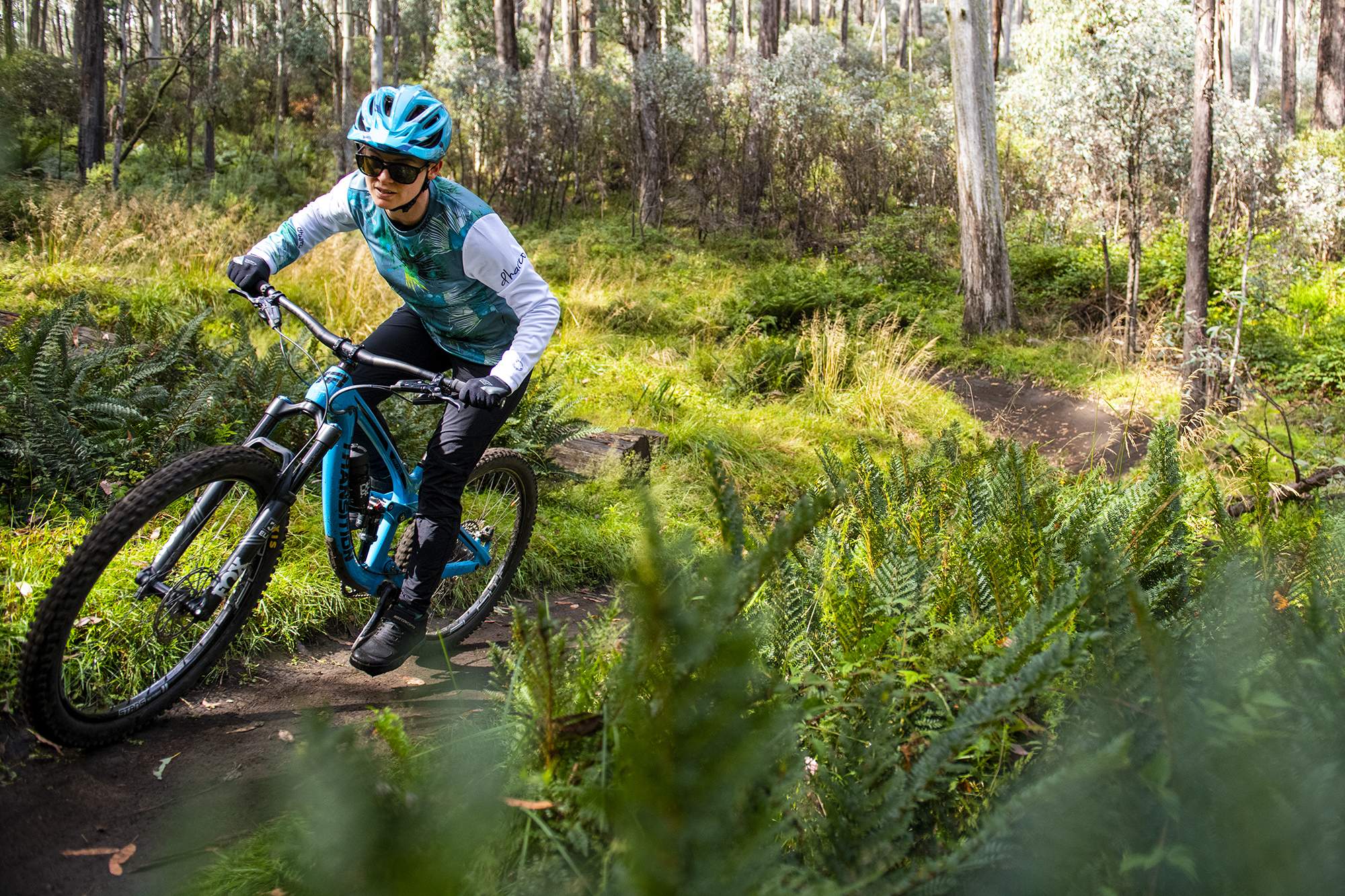 Semi pro rider
Semi pro rider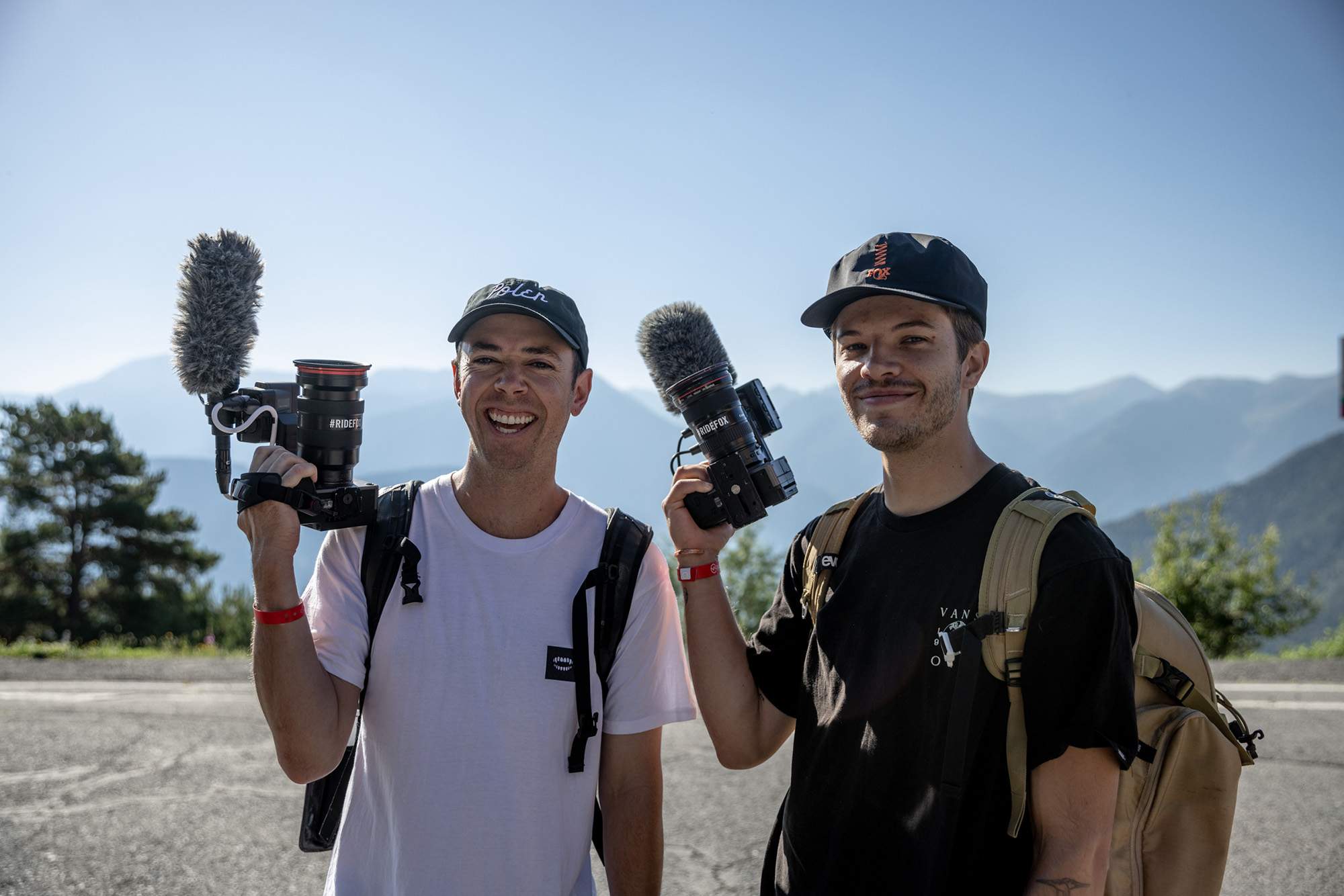 Photographer/videographer
Photographer/videographer 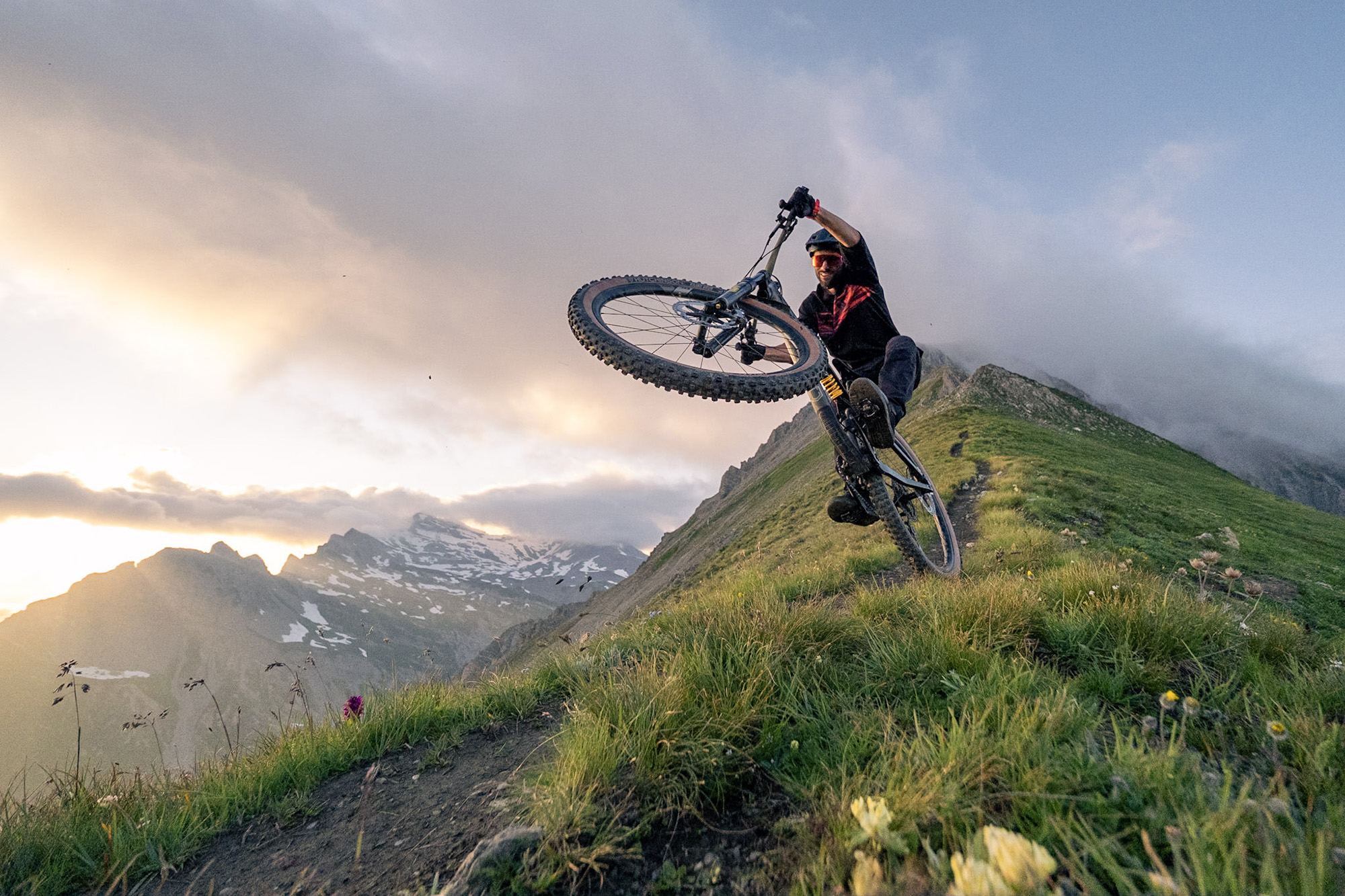 Social media influencer/rider
Social media influencer/rider Podcaster
Podcaster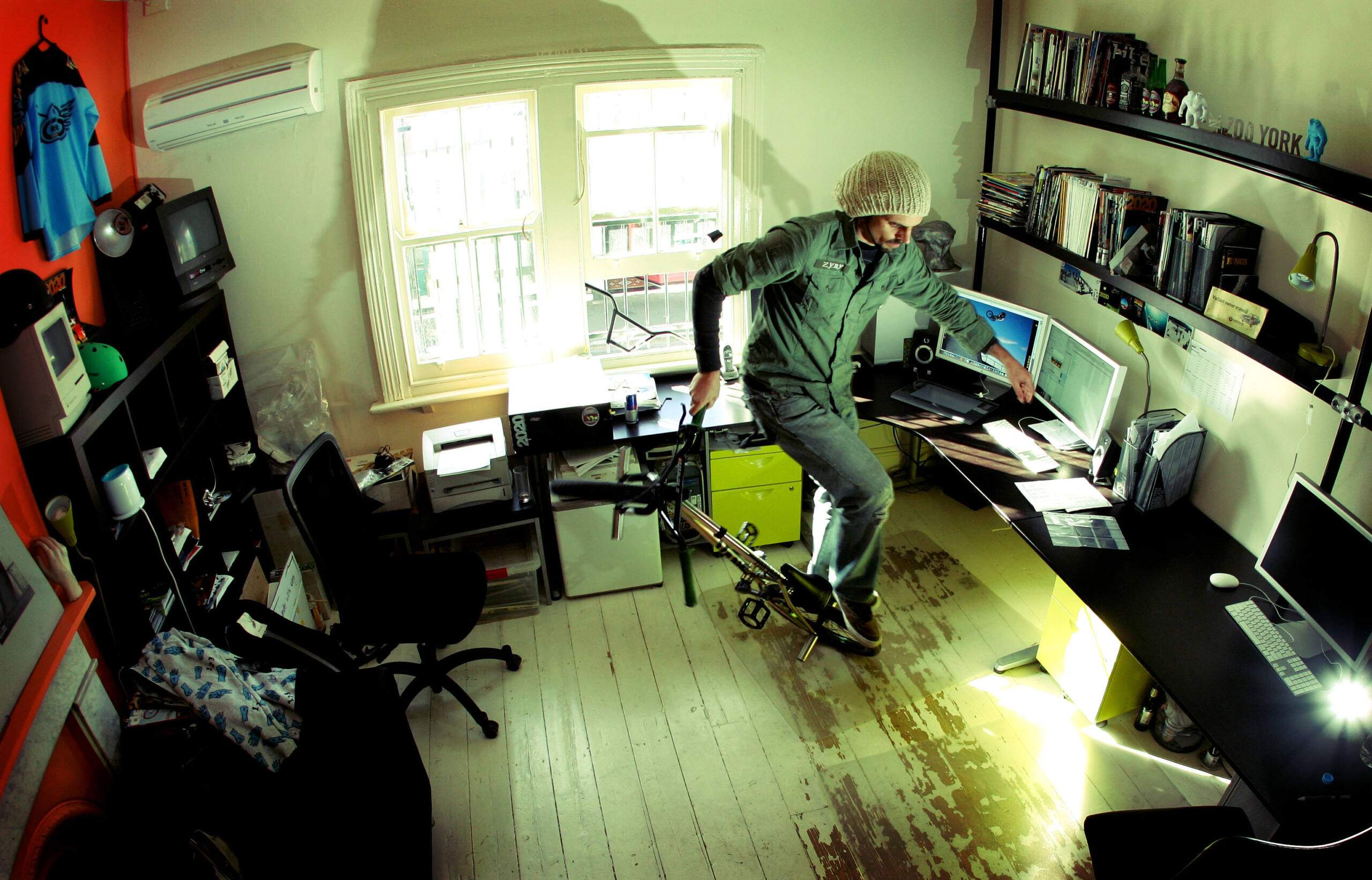 Graphic designer at a bike distributor or freelancing
Graphic designer at a bike distributor or freelancing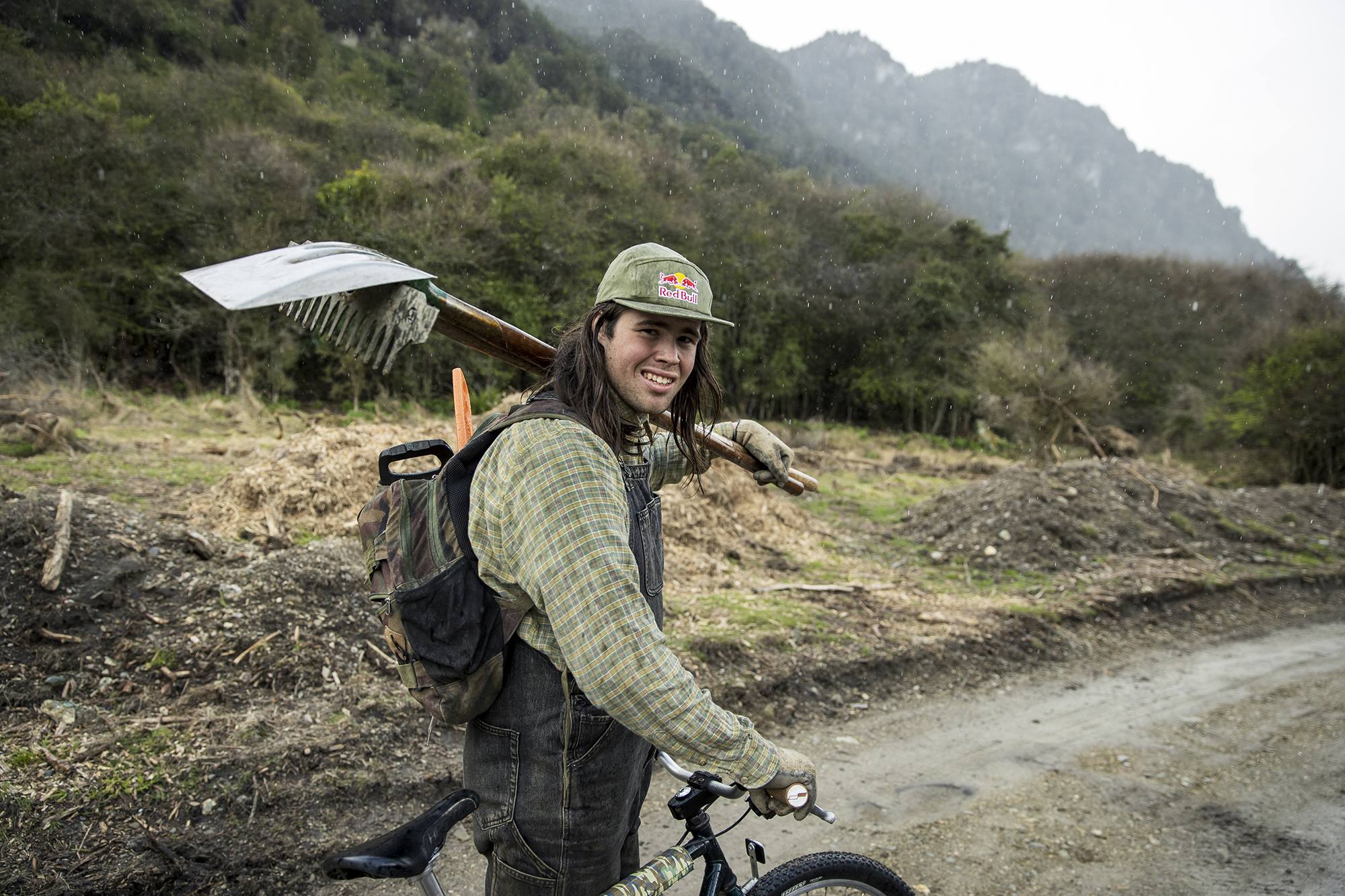 Trail builder
Trail builder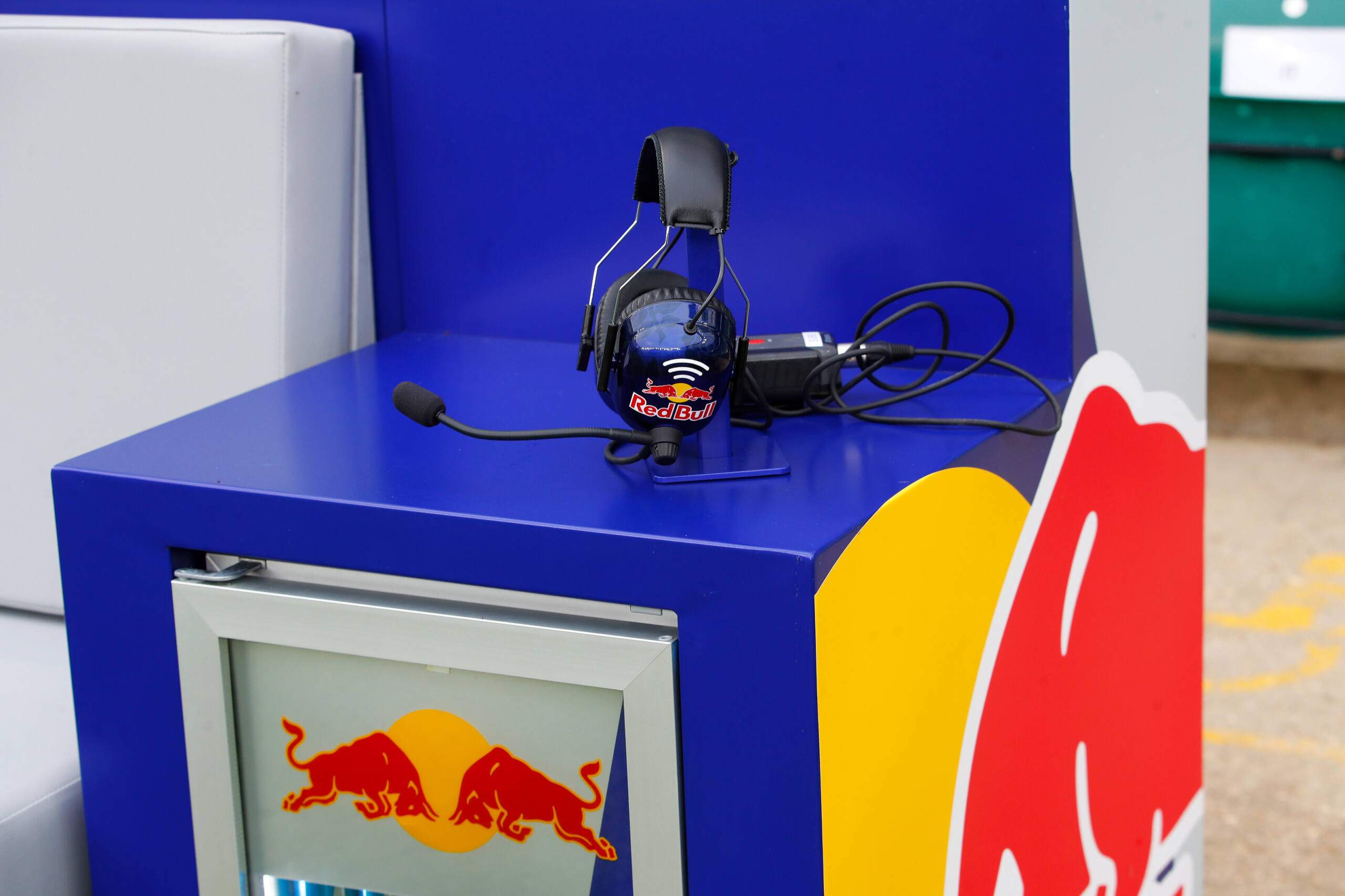 Race Promoter
Race Promoter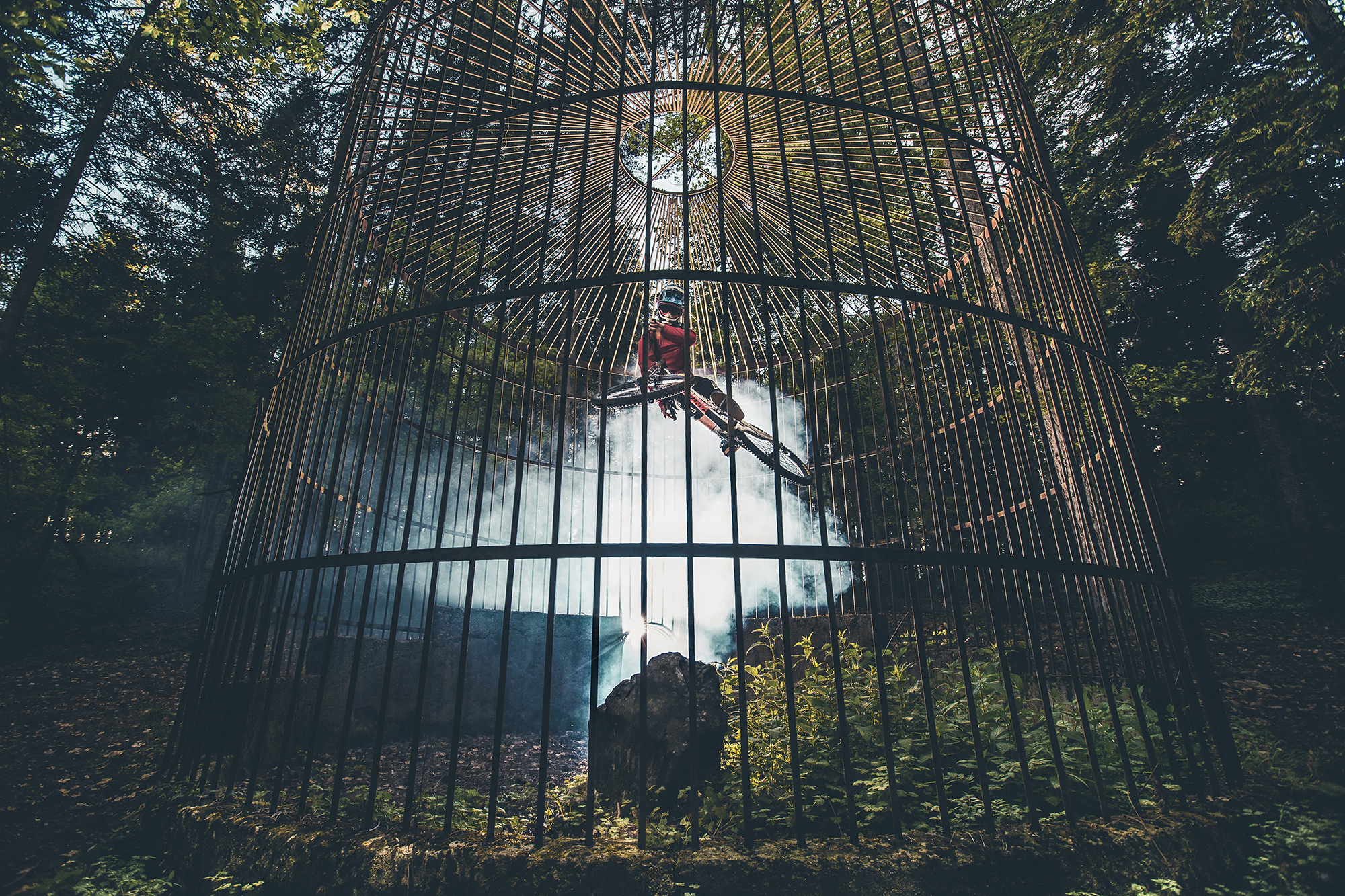 How the ‘cake’ gets sliced up in terms of profits and expenses when a bike is sold here in Oz
How the ‘cake’ gets sliced up in terms of profits and expenses when a bike is sold here in Oz